16th Century Rainthorpe Hall – Tasburgh, Norfolk, England
Off Market / Archived From 2012
Tasburgh, Noroflk, England
- 9 Bed
- 5 Bath
- 18.7 Ac.
History
In the middle of the 16th century Rainthorpe was owned by the Chapman family. In 1579 they sold Rainthorpe to a local lawyer, Thomas Baxter, who enlarged and modernised the house adding two wings and the octagonal staircase turret. An unusual feature of Rainthorpe is that, although it is predominantly brick built, the first floor is half timbered, an uncommon arrangement in Norfolk. This also belongs to the Baxter period, and it was Baxter who added the kitchens in a wing running west to the north end of the main block.
Baxter married Elizabeth, heiress daughter of George Bloodworth, who died in 1587. Her arms appear in heraldic glass in the drawing room. Baxter died in 1611 and the house passed to a number of owners, including the Third Earl of Orford who bought it in 1762, before it came into the hands of his younger son, the Honourable Frederick Walpole, MP for North Norfolk. The Walpoles had a close connection with the Robsart family, and Edward Walpole, who died in 1559, had married Lucy, daughter of Sir Terry Robsart of Syderstone. The Walpoles regarded themselves as the descendants and successors of the Robsarts and displayed this by incorporating in their arms the crest of the Saracen's head.
The Walpoles spent a great deal of money on the embellishment of Rainthorpe, bringing in much decorative woodwork, including some finely panelled doors and over mantles, and in one room, lining the walls with extremely rare and valuable 17th century embossed Spanish leather. On Walpole's death in 1867, the house was bought by Sir Charles Harvey Bt., a descendant of General Sir Robert Harvey Bt., who fought with Wellington and distinguished himself in the Peninsular War. Harvey restored the house and added the "nursery wing" over the kitchen wing. It is thought to be he who introduced the collection of stained glass, the earliest examples of which date back to the 13th and 14th centuries and can be seen in the Hall. The house was bought between the wars by Mr and Mrs Hastings and later occupied by their son. Subsequently, the present vendors, whose arms now appear in the dining room, bought the property in the late 20th century.
The Property
Rainthorpe Hall is a splendid Grade I listed late 16th century manor house set in a spectacular secluded position within attractive gardens and grounds of about 18.7 acres. It may be approached from the north or the south along tree lined driveways. The house has an impressive façade and retains the atmosphere of the Elizabethan house enhanced by the later additions which include magnificent old fireplaces, oak panelling carvings and stained glass.
The house is constructed of red sand faced brickwork throughout the lower storeys with diapering in dark blue brick, while the upper floors, excepting the wings, are timber framed with exposed studs under a tiled roof. Designed in a traditional Elizabethan E plan and arranged over three storeys, the main façade faces north-east and the terrace at the rear faces South. Large stone mullioned windows ensure beautiful light rooms in the mornings and evenings.
Rainthorpe Hall
A porch is constructed over three storeys with, on the right hand stone pillar, the initials and date RM 1641, thought to have been carved by a Civil War soldier of the Parliamentary Army billeted here at the time. It leads through to an entrance hall with carved oak panelled walls and doors to the Hall, which is part panelled in carved oak with large stone fireplaces to either end. Over the main fireplace, which is surrounded by elaborately carved oak panels and pillars of Jacobean and 17th origin is the Walpole coat of arms. The oriel, to the left of the fireplace, is entered through a full height carved stone archway and provides a raised seating area which is backed by a collection of stained glass musicians in the leaded windows.
An oak door leads to a rear lobby giving access to a light wood shelved library, with stairs down to the gun room, one of the wine cellars and store rooms, and up to the Column Bedroom with carved stone fireplace and en-suite bathroom.
The west wing can be approached from the other end of the Hall and leads to the study, a splendid dining room with open fireplace, and access to the kitchen breakfast room, scullery, pantry (with heavy slate shelves) and the housekeeper's quarters.
From the Hall the tower staircase rises to the first floor ante-room with embossed leather 17th century Spanish wall coverings, oak panelling and doors to a small study with a fine view.. From the ante-rooms doors lead to a magnificent drawing room which was no doubt the Great Chamber in Tudor times. The carved oak panelled walls, huge 19th century wall mirrors, a ceiling with Elizabethan plaster moulding and stone fireplace flanked by two 17th century carved wooden figures, support the carved mantle shelf and Flemish 17th century panel above. To either side of the fireplace is an alcove with oak panelling and mirrored walls and built-in glazed display cupboards. To one side is a raised seating area in a bay window with a beautiful collection of stained glass, and the spacious east bay window contains example of stained glass depicting the coat of arms of Baxter and Crosse and Robsart. In the left alcove a carved door opens to a landing and connecting staircase to the mezzanine floor below and to the attic above. An east facing window contains two exquisite stained glass depictions of a 17th century kingfisher and an 18th century jay. A door from the drawing room leads to a landing one of the main bedrooms and a further bedroom or dressing room.
From the ante room with the leather walls, other doors lead to a fine panelled sitting room and to bedroom 3 with adjoining bathroom and stair access to the mezzanine bathroom.
From the sitting room concealed steps lead to the west wing first floor which has its own main staircase and includes five further bedrooms (one very large) and two bathrooms. On the attic floor there are three more bedrooms, linen store and further storage rooms.
The "Theatre Flat" annexe which adjoins the west wing has its own entrance hall, living room, kitchen breakfast room, three bedrooms and bathroom. The annexe can also be accessed from the main house.
Listed With
Alastair Brown, Strutt and Parker :: +44 (0)1603 883603
OHD Notes
Thanks Robert for this submission! I read on one website that the TV production of Vanity Fair had scenes filmed here. Does anyone know which version they refer to?
Listing details from May 2012, sold status not verified. DO NOT trespass to verify status.
Misc: International Homes, Overseas |

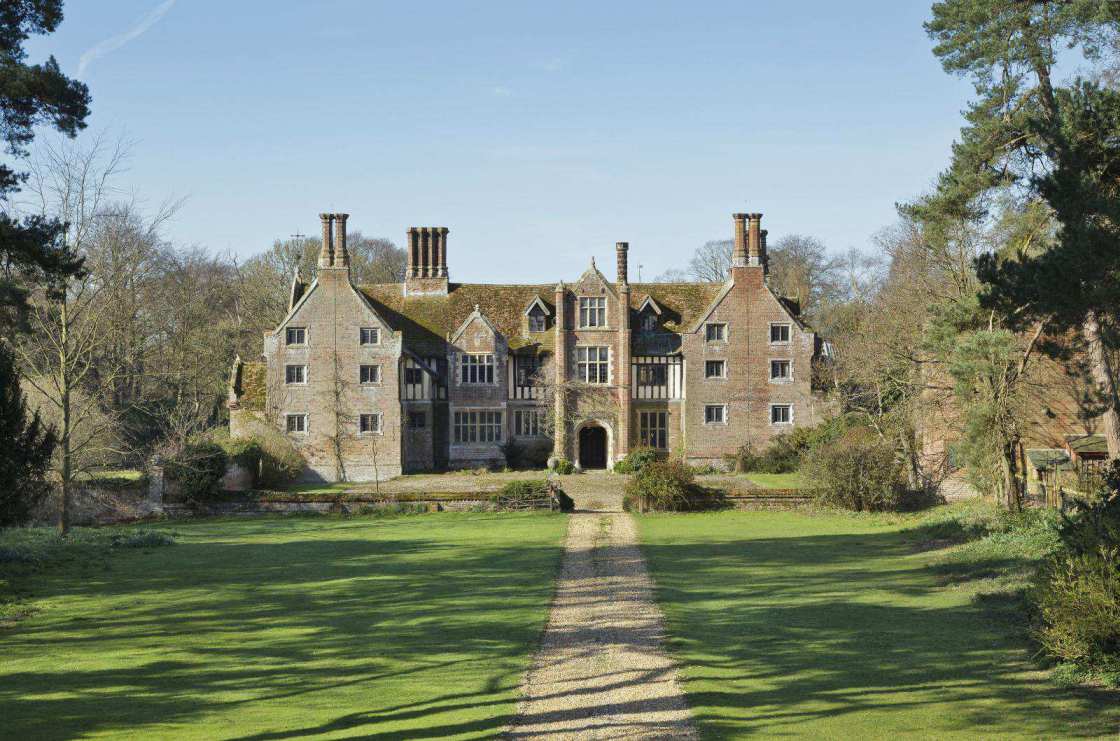




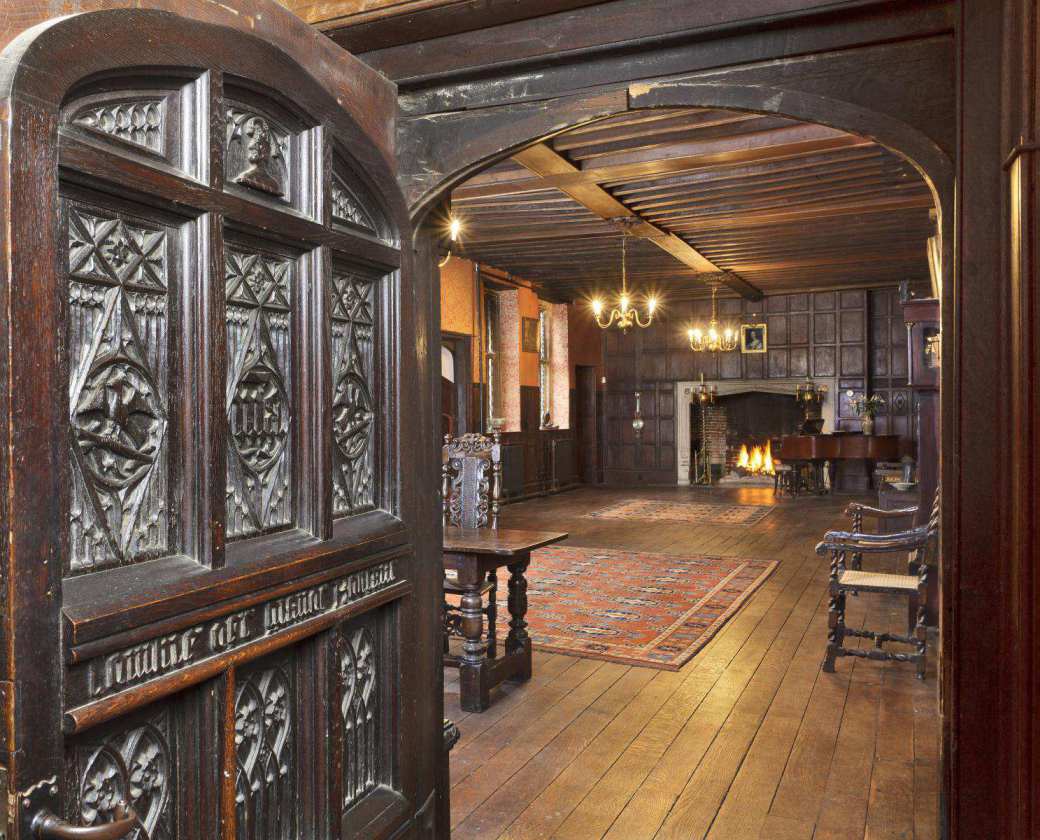




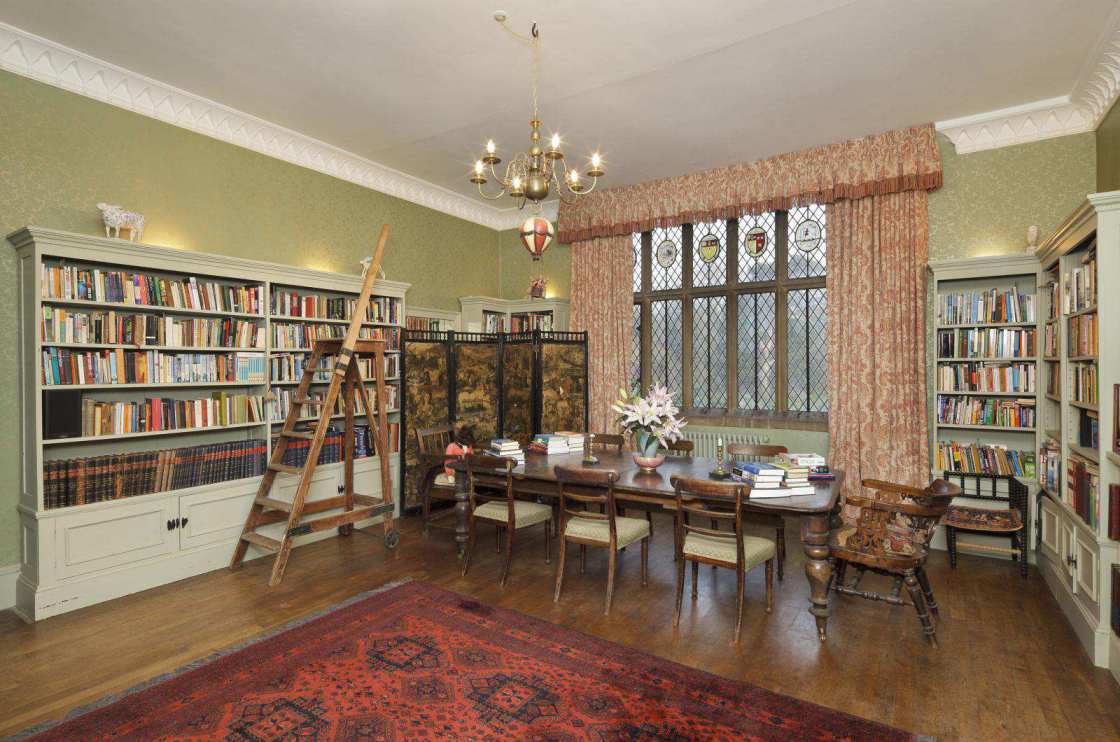
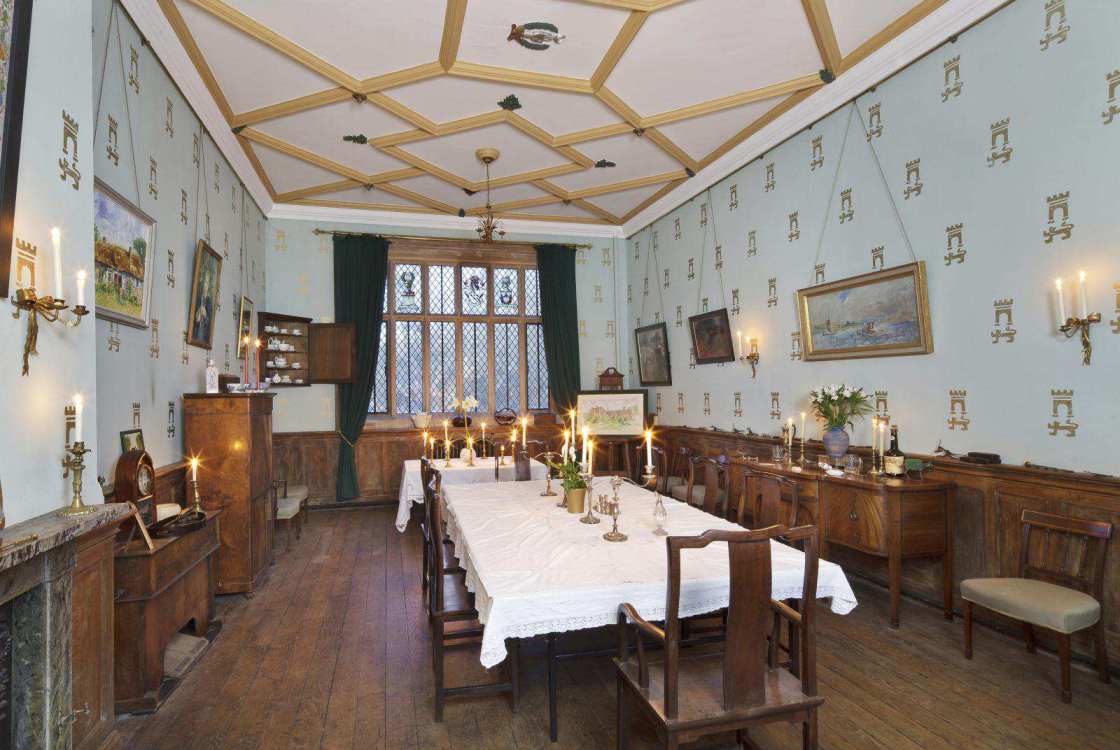



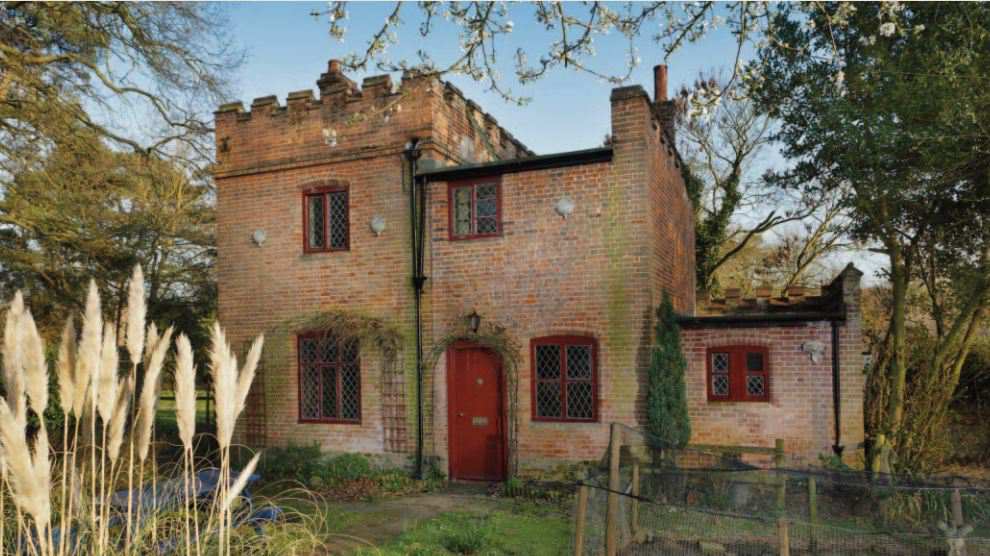
8 Comments